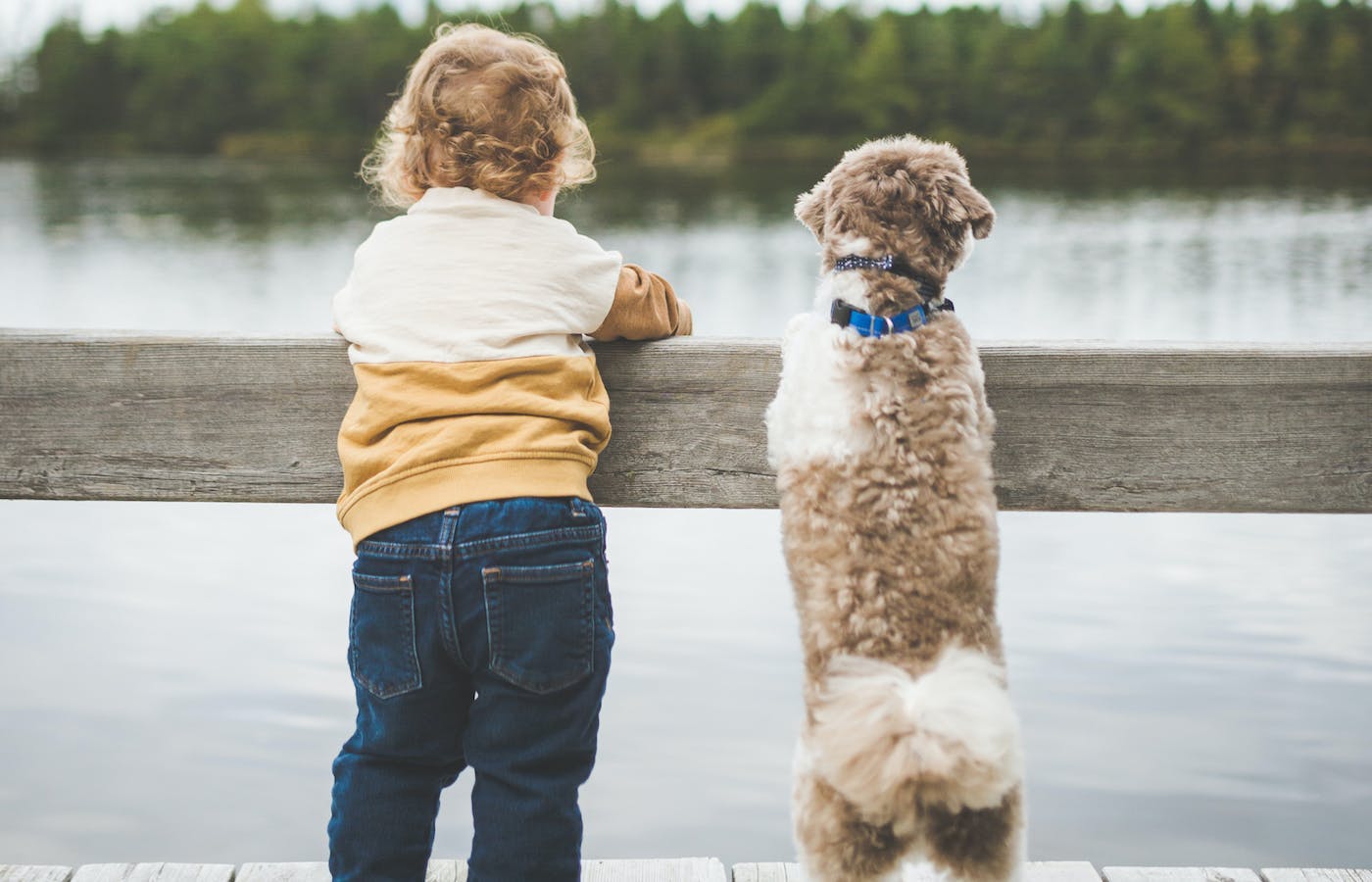Dog Training For Kids - Tips and Expert Advice
Getting your children involved in dog training isn’t just a fun family activity. It’s also a good way to help them bond with your pet and help your pet learn respect for your children, and it can teach them skills that will build their confidence in other aspects of life.
When training a dog, it’s important to have the whole family on board so nobody accidentally reverses any of the positive reinforcements you’ve taught your dog. So if your kids are helping with the training you’ll know everyone is on the same page, and understands what you’re doing and why.
Why Is Dog Training Useful For Children?
As well as forming a strong relationship and spending quality time together, both children and dogs benefit from training for a number of reasons. Children in particular are at high risk of being bitten by dogs, especially if they don’t understand their pet’s body language. So having your children take part in dog training will help them understand their dog’s emotions and reactions.
Children should always be supervised when training their dog, but with patience it can be a fruitful exercise that helps them form a strong bond. Children and dogs naturally get on well, it’s common for younger dogs to bounce off the energy of children, they’ve got someone on their wavelength they can run, play and chase with. But, it’s incredibly important your dog understands their place in their pack; they are out ranked by your children and training will help them understand humans are always in charge no matter what age they are.
Where To Start With Dog Training For Kids
Your kids should know what you’re training your dog to do, how you’re training them, and why. Explain positive reinforcement and how your dog must be rewarded immediately after following a command and while they’re still in the position or action that you want to positively reinforce.
It’s very important that your kids understand how to speak to your dog, especially during a training session. Your dog needs short, clear commands in order to understand what they’re meant to do and if you’re working with younger children, any giggling or getting too excited can make your dog think it’s play time.
Next you can begin to show them how to train the dog its basic commands. Sit, come, and stay are all easy starting points both for kids and the dog. They’ll need to be armed with treats, and if you’re training outside your dog should have a leash and collar.
Front of the Pack’s freeze-dried dog treats are made with pure animal protein. They come in rabbit, salmon, and beef flavours that will keep them motivated and will provide them with vital nutrients while you’re training. Unlike other treats and processed foods, Front of the Pack treats contain no additives or fillers that are detrimental to dogs’ health, so you know that their training won’t result in extra calorie intake or unhealthy weight gain.
Start with the easy training cues, eventually moving onto verbal commands. After plenty of practise the kids will have the dog performing the desired actions on command. It’s a hands-off approach that teaches your children how to train and be in command of your dog, and will also teach them that positive behaviour is rewarded but negative behaviour is not punished.
When using training treats, be consistent with how you’re giving them to your dog. Throwing them and expecting your dog to catch them could lead to your dog jumping up for their reward which could subsequently result in small children being knocked over. If you’re giving the treats directly to the dog, they must learn to take them gently otherwise they could grow up being nippy when taking treats - also not great for little fingers.
What Your Children Need To Know
As well as understanding how to train your dog, your children should understand the importance that good training has on a dog’s wellbeing. If they understand that this training is crucial to their pet developing into a well-adjusted, well-behaved dog then it gives them a reason to feel proud about their work.
You should give them new commands to practise with the dog every week or so, to prevent both the children and dog becoming bored. The kids should know that a maximum 5 minutes is enough practice; they might even want to create a rota that helps them stick to their training plan each day or week. Dog training should always stop when it’s going well, once the dog starts to get bored, they can associate negativity with the activity.
And most importantly, make sure the children training your dog understand not to get angry or force the dog to do anything if they don’t obey commands. This can be a great opportunity for them to learn the virtue of patience.
Your children, and in fact everyone who comes in contact with your puppy while they’re being trained, should know that jumping is to be ignored. If your dog jumps up in excitement, children should turn their back on the dog rather than rewarding them with cuddles or attention as this reinforces that jumping up gets them what they want.
The Benefits Of Dog Training For Kids
As well as bonding with your pet and learning new skills, your children will reap many benefits from dog training. It won’t just teach them how to train your dog, but also how to stick with a project. They’ll learn leadership skills, and hopefully some of the behaviours they’re teaching will become instilled in them, too.
Children and dogs can make the best of friends, and they can learn a lot from one another. Showing your children how to interact with dogs will improve their relationships with both animals and humans, and help them develop more respectful and compassionate bonds.
